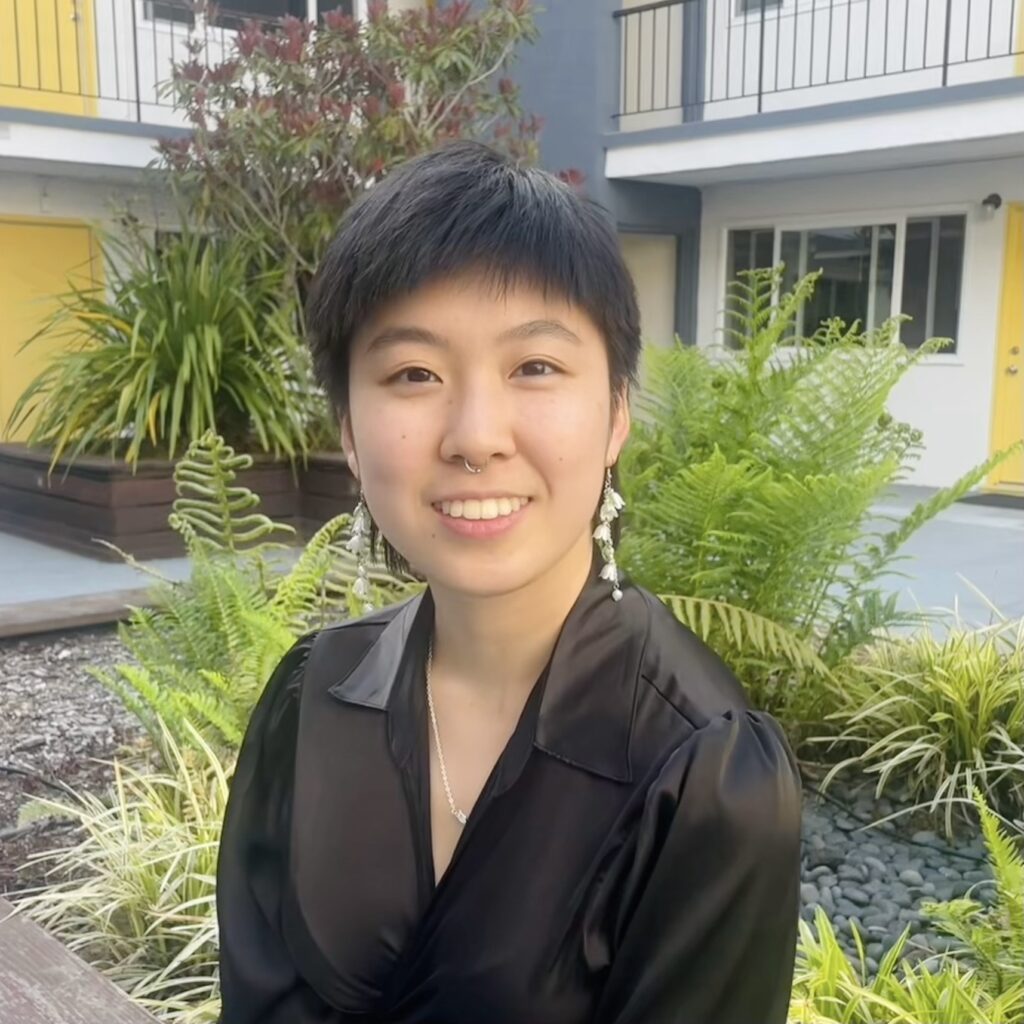Elaine Guo

Host organisms are besieged by pathogens, which cause infectious disease if they are not rapidly eliminated by the immune system. To launch an effective immune response, the host must first detect the invading pathogen and assess its risk. When the risk is especially severe–and when infected cells are unable to control pathogen replication–infected cells will altruistically undergo cell death to remove the pathogen’s replicative niche and prevent pathogens from spreading to neighboring cells. Aside from pattern recognition receptors, it is not clear how immune cells sense specific pathogens, nor is […]
Derik Liu

Phosphatidylinositol-3,4,5-triphosphate (PIP3) is a messenger molecule at the heart of a complex cell signaling network that controls vital functions like cell growth, metabolism, and proliferation. Overactivation of these functions via dysregulation of PIP3 signaling is tied to the pathology of many cancers. The presence and activity of PIP3 within the cell are highly spatially dependent, and PIP3 has been detected to associate with specific cell structures and locations such as focal adhesions, the surfaces of organelle membranes, and within isolated pools in the nucleus. The mechanisms of this spatial organization […]
Colin Rushing

My project is focused on creating a protocol to generate cardiomyocytes, heart cells, derived from the neural crest, a population of cells that forms during early development and contributes to a wide variety of tissues in the body. These cells, cardiac neural crest derived cardiomyocytes (cncCM’s), have been observed to greatly contribute to cardiac regeneration in animals like zebrafish, which can, miraculously, regain complete function of their hearts following severe injury, without any outside intervention. We want to explore what function, if any, these cells have in the human body, […]
Christopher Lee

Dopaminergic (DA) pathways constitute the brain’s primary reward system, playing a crucial role in behaviors that lead to positive outcomes. Depending on the brain region, DA release is also linked to motivation, habit formation, and coordinated movements. Malfunction of these pathways can lead to psychiatric disorders like addiction and depression. My project studies the striatum, a basal ganglia nucleus, and its connection to midbrain DA neurons in the substantia nigra compacta (SNc). These projections comprise the nigrostriatal DA pathway and its degeneration are hallmarks in Parkinson’s and Huntington’s diseases. I […]
Cathy Kenderski

HIV is the causative agent of AIDS, which has claimed the lives of 40 million people to date. HIV is the result of cross-species transmission, where HIV-1 descends from a simian immunodeficiency virus (SIV) that affects chimpanzees. To facilitate infection, HIV interacts with numerous host factors that promote (dependency factors) or inhibit viral replication (restriction factors). The viral capsid is the nexus of many of these interactions. While the interactions of the HIV capsid has been thoroughly examined, less work has been done to compare its protein interactions with that […]
Cathryn Dong

Sleep is a conserved behavior, yet its role in promoting growth remains poorly understood. In the jellyfish Cassiopea, the nicotinic acetylcholine receptor subunit Chrnal-E promotes wakefulness and is structurally similar to human Chrna7, which regulates cell proliferation via the EGR1 pathway. This project investigates whether Chrnal-E similarly regulates cell proliferation in Cassiopea. Using RNAi knockdown of Chrnal-E, I will compare proliferation levels in polyps and jellyfish using EdU labeling and Click-iT Chemistry. Whole-mount in situ hybridization will localize Chrnal-E mRNA expression, and TUNEL labeling will assess apoptosis. If knockdown reduces […]
Julianne Tenorio

Microbiome editing provides an avenue to study gene functions within microbial communities, exposing us to the potential of applications for human climate health. Most gene editing approaches rely on antibiotics to select for edited cells. However, most antibiotics exhibit broad antimicrobial activity and profoundly disrupt community composition. Therefore, precise microbiome editing requires alternative selection systems that select for edited cells while sparing other bacterial species of the community. Bacteriocins are small antimicrobial peptides naturally produced by most bacteria and some archaea to inhibit the growth of competing, closely related bacterial […]
Julia Wu

My project aims to investigate neural circuits in the mammalian midbrain brain that involve the crucial neurotransmitters dopamine (DA) and acetylcholine (ACh). These systems are renowned for facilitating learning and motivation and are implicated in various psychiatric disorders including addiction. The role of DA in the nucleus accumbens (NAc) in encoding reward value has long been a focus of research. The role of ACh is less well defined, though previous studies note pauses in ACh signaling during DA release. Recently, studies have indicated NAc subregional variability of DA and ACh […]
Grayce Yang

Autophagy is a crucial cellular mechanism that maintains homeostasis by forming an organelle known as an autophagosome. This double-membraned structure, originating from the endoplasmic reticulum (ER), encapsulates and degrades cellular components, facilitating cellular survival under stress conditions such as organelle dysfunction and protein aggregation. Impairments in this process are associated with neurodegenerative diseases, including Alzheimer’s and Parkinson’s.This project aims to explore the role of the ATG13/101 subcomplex in initiating autophagy, with a particular focus on its membrane-binding function, which is critical for autophagosome formation.Through detailed analysis, we seek to understand […]
Kevin Yao

Chronic Kidney Disease (CKD) is one of the most common diseases among American adults. As one of the essential organs to maintain life, deprived renal functions lead to disruptions of homeostasis and fatal failures of the body. The prevalence of CKD is associated closely with the lack of renal regeneration capacity in the adult human body. However, recent study has shown that this inability of regeneration is not innate but an acquired process in mammals like humans. Many newborn mammals are reported to have full renal regeneration capacity while such […]